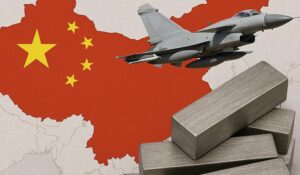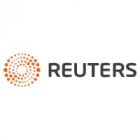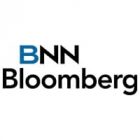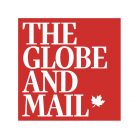Here’s our roundup of nickel highlights from Q2.
Continued Market Surplus: The global nickel market continued to grapple with oversupply. The International Nickel Study Group (INSG) reported a surplus of 27,400 metric tons in June 2023, up from 17,100 metric tons in May. This surplus was primarily driven by increased production in Indonesia, particularly of lower-grade Class 2 nickel, such as nickel pig iron (NPI) and mixed hydroxide precipitate (MHP). Nickel prices faced downward pressure due to the surplus. According to BMI, nickel prices averaged $24,450 per tonne year-to-date as of June 27, 2023, lower than the average of $25,617 per tonne seen in the full year of 2022. Prices reached their lowest level since September 2022, at $20,305 per tonne on June 26.
Indonesia’s Production Surge: Indonesia produced an estimated 1.6 million tonnes of nickel in 2023, constituting nearly half of global nickel production. The number of nickel smelters in Indonesia increased from 15 in 2018 to 62 as of April 2023, with about 30 more under construction and 50 in planning stages.
China’s Growing Influence: China’s refined nickel production rose by 27.7% year-on-year to 212,000 tonnes in the first three months of 2023.
Strategic Investments: Indonesia announced a $9 billion investment plan covering nickel mining to battery cell development by a consortium of companies, including Swiss commodities trader Glencore, Belgian battery materials producer Umicore, and Indonesian state miner Aneka Tambang.
Regulatory Developments: Indonesia issued mining production quotas of 152.62 million metric tons of nickel ore for 2024 and is working to accelerate the approval process. Delays in quota approvals had previously disrupted exports and boosted prices of nickel in global markets.
Geopolitical Influences: In April 2023, the United States and the United Kingdom imposed bans on their metal exchanges from accepting new aluminum, copper, and nickel from Russia. The LME extended these sanctions in July to include Russian miner Norilsk Nickel’s Finnish operations. While these measures aimed to limit Russian metal in Western markets, analysts suggested that the nickel would likely find alternative markets, such as China.
Anthony Milewski
Chairman, Nickel 28 Capital




















